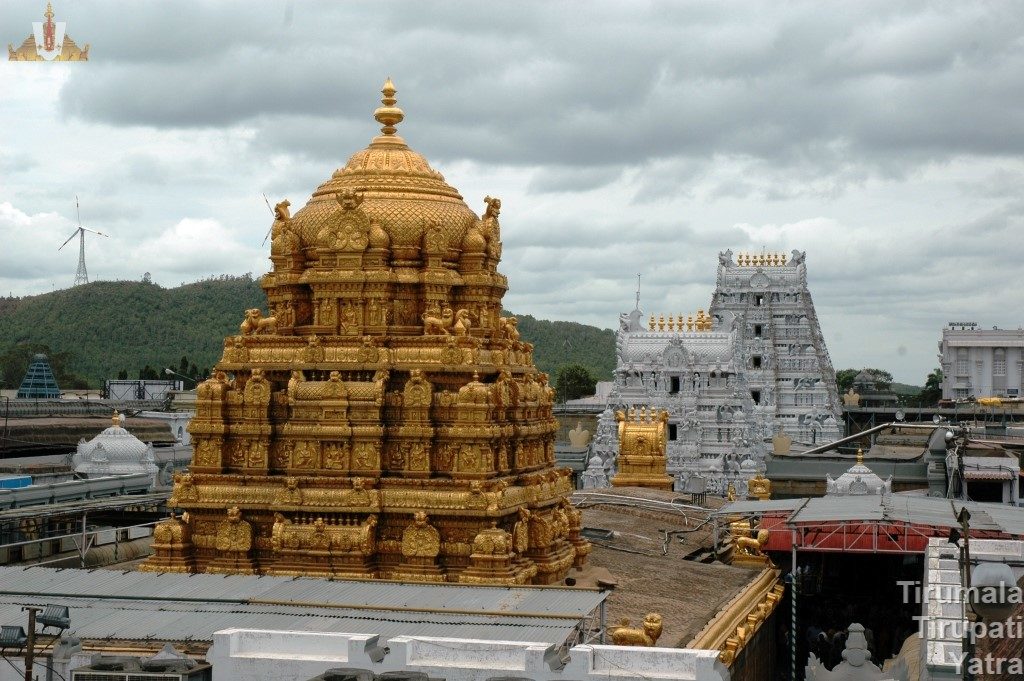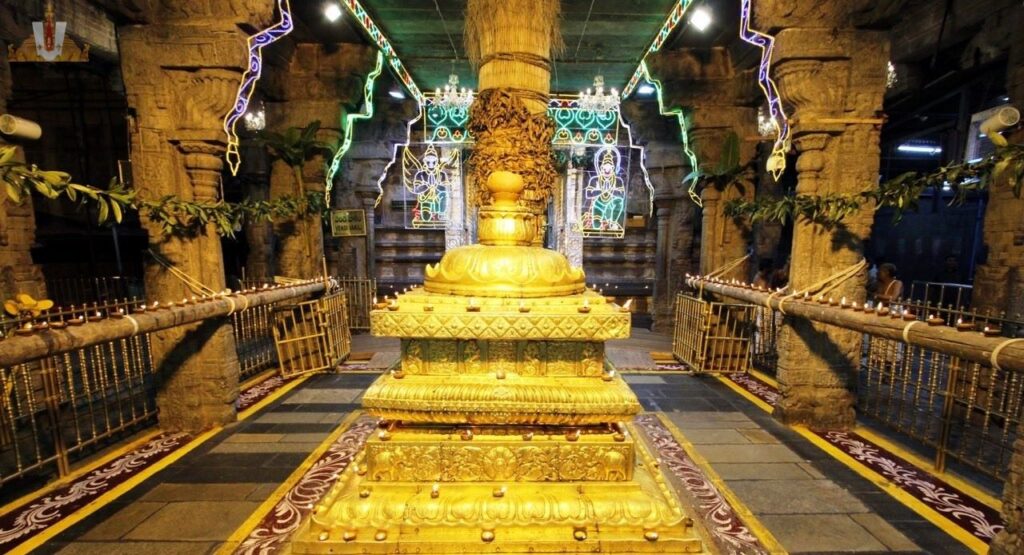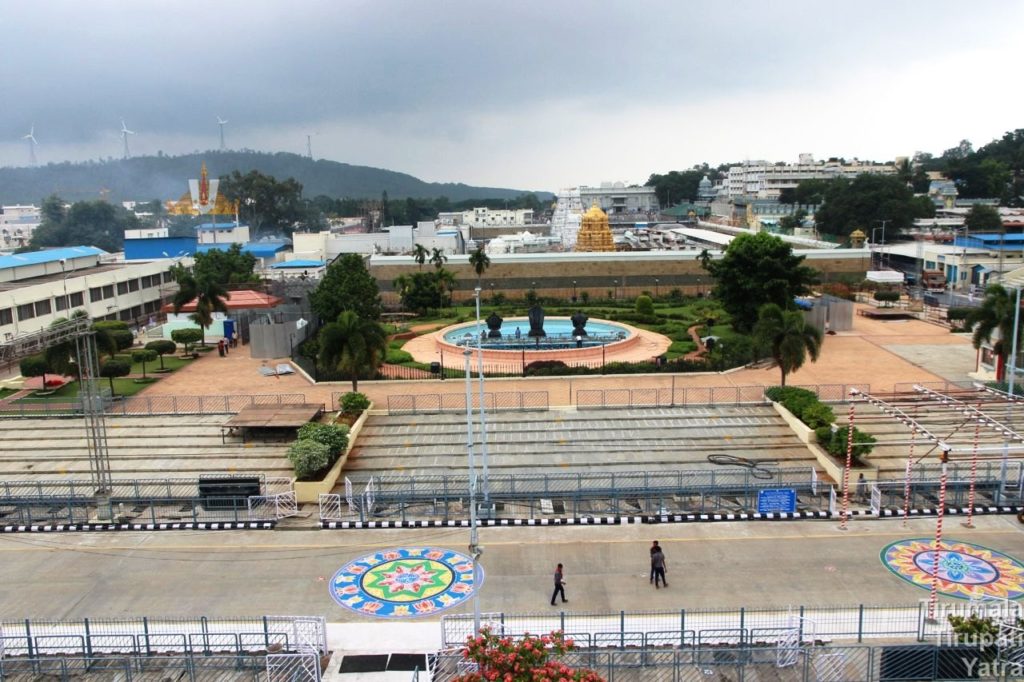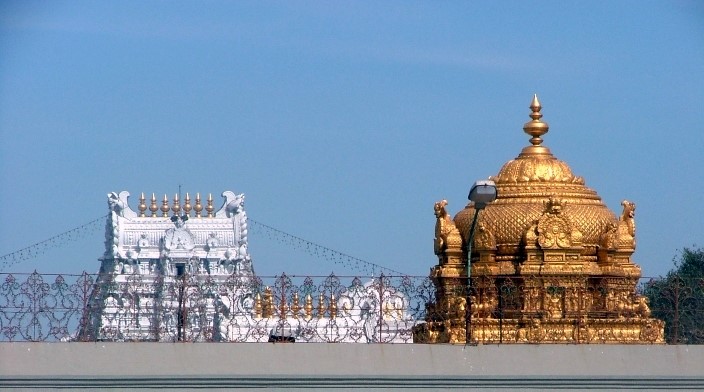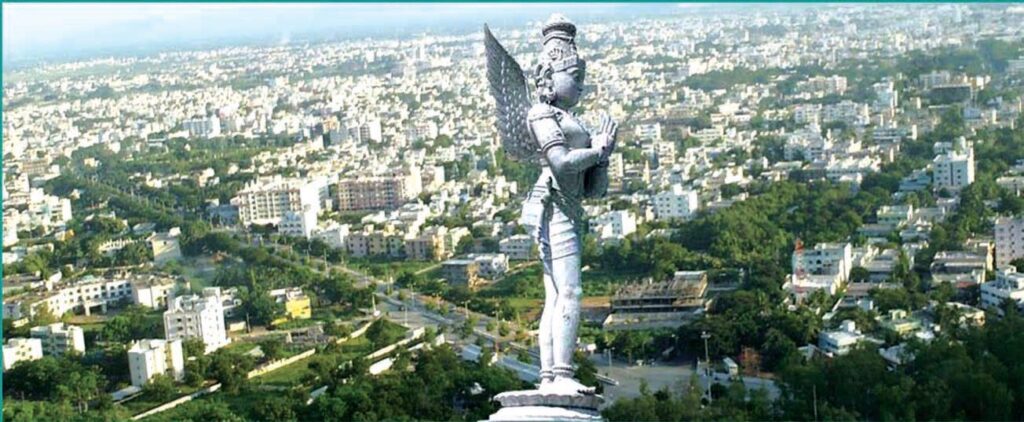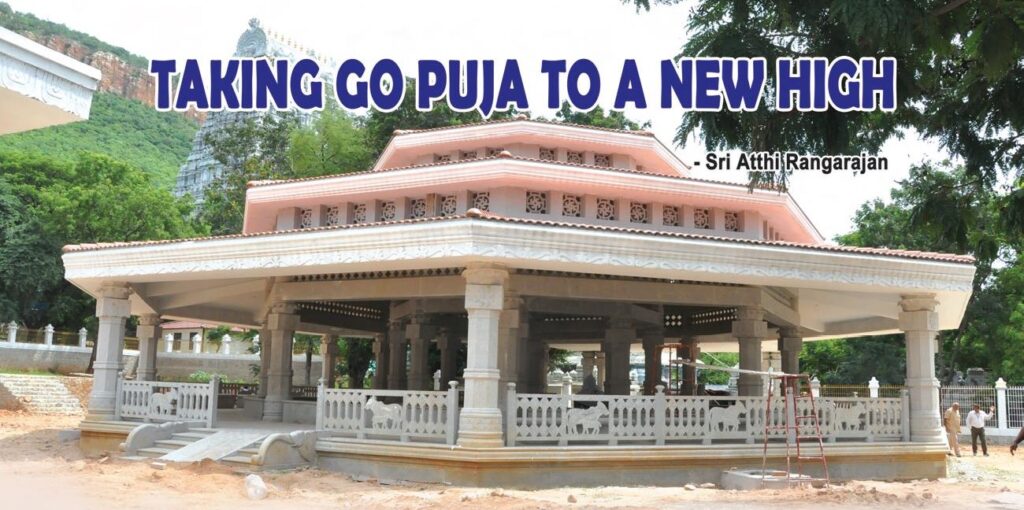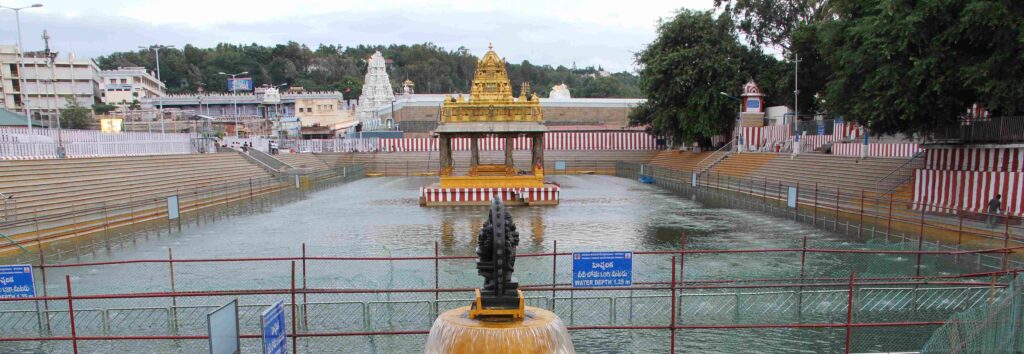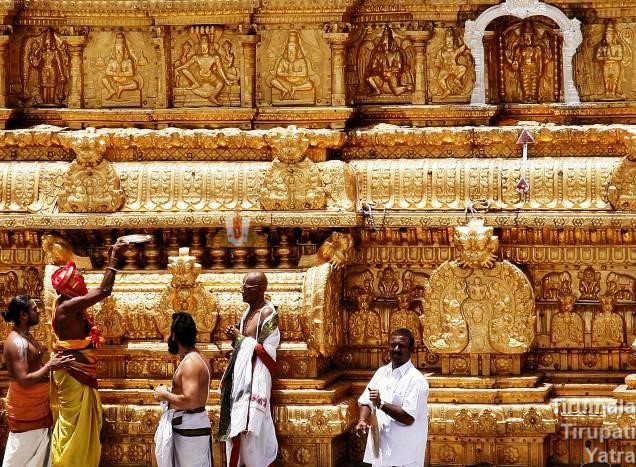Pancha Berams of Tirupati Balaji Lord SRINIVASA is the heavenly Wishing Tree (kalpa taruvu) to those who yearn for Him, gold to those who hold his hand, advance honorarium to those who worship Him, a diamond on hand to those who serve Him, the Ultimate God to those who conceive of Him, fulfiller of desires Read More
Tag: tirupati
Tirupati is a city in the Indian state of Andhra Pradesh. It is the administrative headquarters of the Tirupati district
Karthika Deepotsavam in Tirumala Temple
Karthika Deepotsavam “Deepotsavam” – Festival of lamps during Kritika star is an annual ritual being celebrated in Srivari Temple, Tirumala. Kritika Deepotsavam is observed in the month of Karthika (according to Tamil month) when the star Krithika prevails during ‘Raatrimana’ (night) and usually falls in November or December. This traditional ritual has been celebrated in Read More
Sri Lakshmi Jayanti in Tirupati 2022
Sri Lakshmi Jayanti in Tirupati – Sri GovindarajaSwami Temple Tremendous importance is attached to this ‘Sri Lakshmi Jayanti’ ritual which is performed in Sri Govindarajaswami temple, Tirupati. Temples are representatives of our culture and traditions. Festivals are an important part of our culture. They are some special occasions, bringing people together to commemorate rituals. One Read More
Wide meanings for the words Tirupati & Tirumala
Tirupati & Tirumala Tiru ‘Tiru’ is a Tamil word in both Tirupati and Tirumala. ‘Tiru’ is affixed to several villages and towns in Tamil Nadu. For example: Tirunelveli, Tiruchinapalli, Tiruvallikkeni, Tirunindravur. It has become a tradition for Tamil to affix the word ‘Tiru’, indicating the honor of persons. The word ‘Tiru’ is prevalent in the Read More
Importance of Tirumala Hills
Tirumala Hills Some temples are situated on the banks of rivers. Some can be seen in the forests. Some others are on the mountain tops and others are in caves. The temple of Sri Venkateswara is in a mountainous forest area. Both the Hill and the river have become sacred on account of Swami’s presence. Read More
Tirumala Nambi – 1st Citizen of Tirumala
Tirumala Nambi – Sri Saila Poorna In the 10th century A.D. there lived a great Vaishnava devotee by the name Yamunacharya in ‘Sri Rangam’ a popularly famous Vaishnavite pilgrim center. With all the sincerity he had at his command, Sri Yamunacharya was serving Lord Sri Ranganatha. Being an authority on Vishista Advaitha he was also Read More
Evolution of Tirupati: A Historical Journey
Evolution of Tirupati The divine hills of Tirumala are believed to have been directly brought from the celestial Sri Vaikuntam and placed on earth for the benefit of mankind. This holy hill is called ‘Venkatachalam’. Lord Vishnu appeared here in the self-manifested form as ‘Srinivasa’ eons before, worshipped by devotees from all corners of the Read More
Sri Venkateswara Saptha Go Pradakshina Mandiram
Sri Venkateswara Saptha Go Pradakshina Mandiram Cow worship is always considered a sacred activity for Hindus. It is revered as a symbol of prosperity as Goddess Maha Lakshmi is believed to live in the animal, thus bestowing health and wealth to Her devotees. Since time immemorial, all the dynasties that were part of the Bharata Read More
Tirupati Balaji – Swami Pushkarini
The article “Swami Pushkarini – The Path for Salvation” published in Sapthagiri Magazine by “Sri M.R.K. Sateesh Babu” Swami Pushkarini Swami Pushkarini is a sacred lake located on Venkatachala Mountain adjacent to Ananda Nilayam where the deity resided after he arrived from heaven on his divine vehicle. Of the seven lakes in Trilokas, Swami Pushkarini Read More
Significane of Ananda Nilaya Vimana
Ananda Nilaya Vimana The word “Vimana” means to house the lofty image of the Supreme being. In the word “Vimanam”, the alphabet ‘ma’ means an object which is measured or made in various ways. The prefix ‘vi’ denotes “vishesha” which signifies the image. So, the word itself, from its etymological aspects carries a noble and Read More
